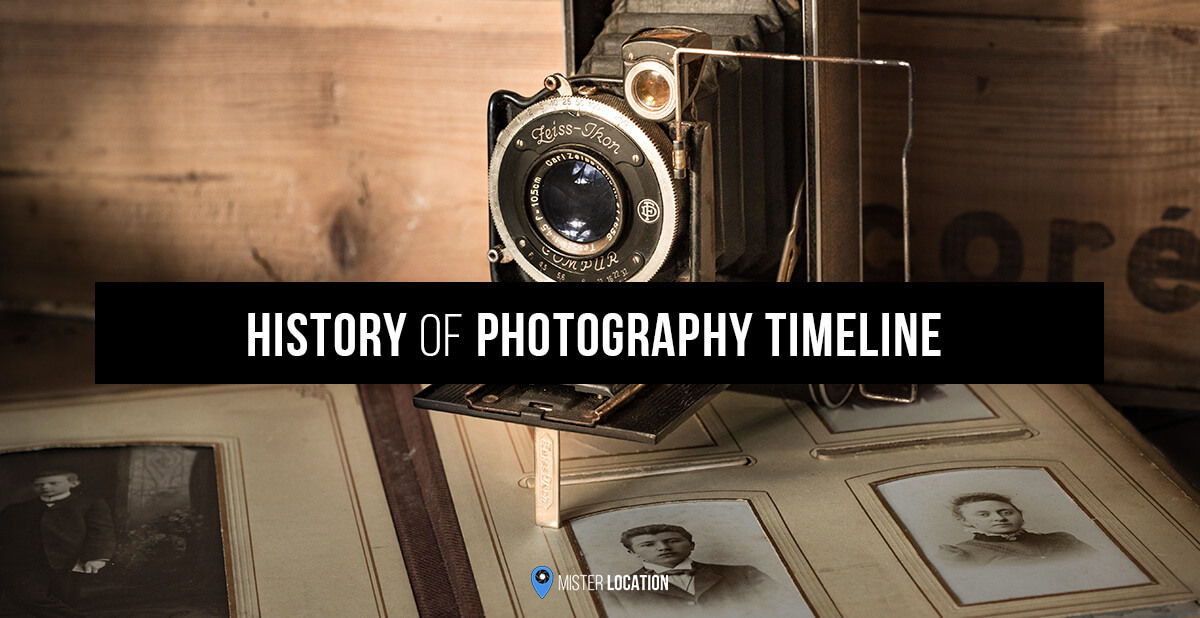

You can find our Covid-19 policy information page here. Will work on location around the station and with the loco and carriages until the event finishes at 20:00.Ĭurrently all of our events will run in line with our Covid-19 policy that follows government guidelines. Shooting will start straight after and we This event will start at 14:00 with a brief introduction.


The unique backdrops of the railway station will be fantastic in creating eye catching portraits and imagery, and we will have a loco in steam with carriages at our disposal for the entirety of the event.

As we head into the evening, as the light fades we will bring out our lighting and smoke machines to create dramatically lit night scenes around the site. This promises to be a great day of variety and atmosphere. Join us at this fantastic location with exclusive access and wonderful re-enactors and models for the opportunity to take stunning location portraiture. This event will aim to push boundaries of your creativity andĭeliver you a brilliant day of photography. The Queen apparently had a plaster cast made of Albert, which she slept next to after this death.TimeLine Events are pleased to be running this day and evening of spring portraiture at the authentic Mid Suffolk Railway. He shared her workload and was her closest friend and advisor, not to mention the father of their nine children. His unexpected death was a huge blow for the Queen, who had married him for love and was also reliant on him for matters of state. Several important achievements and milestones dating back to the ancient Greeks have contributed to the development of cameras and photography. Polaroid lab (1948), Polaroid Corporation Collection, Harvard University. In 1861, Prince Albert – who by then had become Prince Consort – died aged 42 of typhoid fever. Kodak photograph (1890), National Media Museum, Kodak Gallery Collection, Public Domain. After being asked by a foreign diplomat a question along the lines of: 'How has Britain become the most powerful nation on earth?', the Queen allegedly handed him a Bible and responded: 'Tell the Prince that this is the Secret of England's Greatness.' Sorabella, Portraiture in Renaissance and Baroque Europe, Heilbrunn Timeline of Art History, The Metropolitan Museum of Art. This imagined painting reflects prevailing Victorian attitudes, as well as a popular anecdote involving the Queen that was circulating in the 1850s. Painted by Thomas Jones Barker (1815–1882), Victoria is shown at Windsor Castle receiving an ambassador from East Africa (most likely based on Ali bin Nasr, governor of Mombasa), to whom she is presenting a Bible. Thomas Jones Barker (1815–1882) National Portrait Gallery, London 'The Secret of England's Greatness' (Queen Victoria presenting a Bible in the Audience Chamber at Windsor)
#History of portraiture timeline code#
Victoria spent her childhood at Kensington Palace, where she had a sheltered upbringing due to the imposed code of discipline named the 'Kensington System'. Here's a look at some of the many depictions of her on Art UK. It is likely that she regarded painting in the same way. A fiercely intelligent woman who acknowledged that her image was instrumental to her relationship with the public, some argued that she was the first royal to grasp the camera's potential power as a 'political weapon'. The age is also associated with puritanical ideals, industrialisation and arrogant imperialism, not to mention the technological advancement of photography. As a result, Queen Victoria was the most photographed and painted monarch to have ever lived (at that time). Franz Xaver Winterhalter (1805–1873) (copy after) National Maritime MuseumĪ regal matriarch often imagined as an austere, dowdy and petite widower (she was only 4ft 11in), the 'Victorian' era has become synonymous to the personality and image of the Queen.


 0 kommentar(er)
0 kommentar(er)
